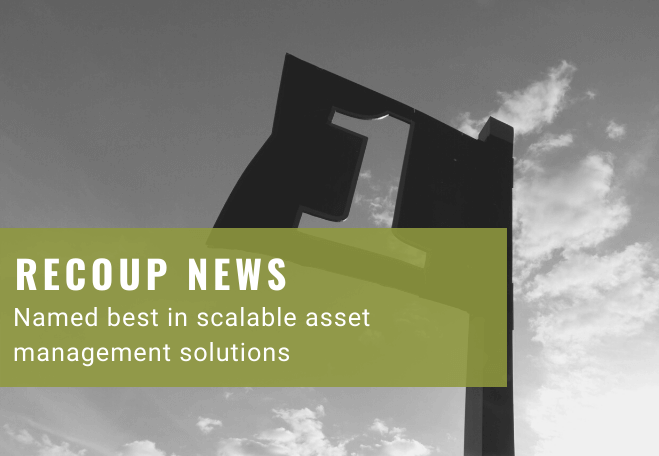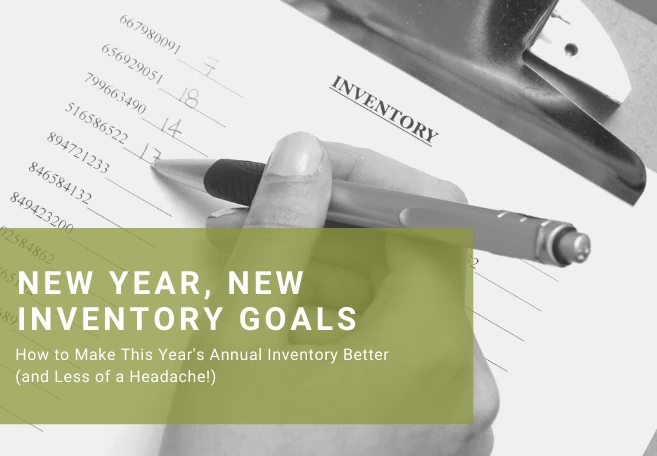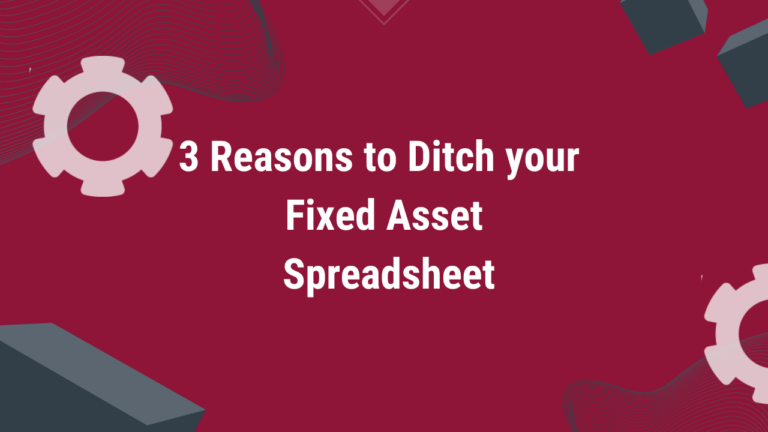K-12 Asset Management | Choosing the Best Solution for your District – Part 2
The cost of providing education continues to increase. One of the reasons for the climbing cost is the ever growing amount of assets k12 school districts are responsible for, like technology devices, instruments, and lab equipment.
To secure the safety of these (often expensive) assets, many schools today utilize an automated asset management solution. The right solution will provide a slew of benefits to your district, like time savings, cost avoidance, and more.
While asset management software can provide many benefits to a k12 school district, the procurement process can be daunting. In the first installment of this two-part series, we discussed the questions related to “What?” and “Who?” to familiarize yourself with before making a decision on a k12 asset management solution for your district.
In Part Two, we’ll discuss answers to some of the When? And Where? questions to have in your toolbox before making a final decision.
WHEN
When will the software be reviewed?
Once you’ve narrowed down your list of potential vendors to top contenders, you’ll want to schedule a meeting to demo the software.
For most, investing in a k12 asset management software solution requires buy-in from multiple faculty and staff within your school district, like the business, asset management, and IT departments. As a result, finding a time that works best for everyone on your team may be difficult.
In our experience, we’ve found that the best and most candid conversations with potential clients tend to happen when everyone has a seat at the table on Demo Day. Not only does this set the foundation for an openly communicative partnership, but it also provides your potential vendor with a more complete picture of your district’s unique needs and expectations.
However, remember: any potential vendor should be flexible and willing to demo software as many times as is necessary.
When will the software need to be implemented?
Prior to making a decision, find out as many details as you can on the implementation process and timeline. It may sound obvious, but you’ll want to ensure that implementation time doesn’t coincide with the end of a fiscal year or audit.
Here are a few quick tips to keep in mind prior to software implementation:
- Lock in schedules for important dates upfront, like Onboarding Day and/or training
- Ensure that your district’s asset manager, IT director, and/or any other person(s) involved in implementation are familiar with all resources available through your vendor
- Get comfortable with your vendor’s Customer Success or Resolution Consultant(s)
Typically, small implementation details won’t be ironed out until after selecting a solution, but there should be some standards in place. Remember that your vendor should be guiding you through the process, not driving it.
WHERE
Where will training take place?
The training of your district’s staff is critical to successful implementation. When considering software, be sure to ask potential vendors about your options for training and onboarding. Will training take place via an online workshop? If so, how many sessions will the vendor provide? Does the vendor offer onsite training services?
At AssetWorks, web-based training is preferred by the majority of our K12 customers. This online workshop training style includes an intensive, hands-on experience offered over the internet, and is suitable for users of any experience level.
While online training is generally sufficient, you may decide to inquire with a potential vendor about the opportunity for on-site training. If you do, remember that opting for on-site training may result in additional costs.
Whether you opt for online or on-site training, remember to ask the vendor if training can be customized based on the unique processes and workflows of your school district.
Quick tip: Find a vendor that offers education and informational resources even after implementation. At AssetWorks, we make sure that all of our customers, new and old, have access to support. We provide customers with many resources, including webinars, tutorials, training, and “How-To” videos.
Where will the software reside?
This is one of the more technical considerations when shopping for a software solution: are you looking for an installed solution, or one hosted by a third party vendor? Though difficult, answering this question can help to narrow your search quite a bit.
Installed solutions (often called “on premise”) are software solutions installed on your district’s premise, as the name suggests. Alternatively, vendor hosted (or “hosted”) solutions are managed remotely by a third party. There can be a lot of confusion when it comes to data storage options—even among professionals.
So, which is best for your school district: installed software, or vendor hosted? Before answering this question, you’ll want to have a chat with your IT department. Having a firm understanding of the benefits and challenges of each option will help you more easily navigate the software solution shopping process.
Some organizations worry about the security of their data when using a vendor hosted solution; however, security breaches should not be an issue, so long as you are working with a reliable partner.
For example, AssetWorks uses Amazon Web Service (AWS) servers. With over 80 authorizations from FedRamp, AWS is one of the most trusted cloud computing services. In general, current trends tend to lean toward vendor hosted software solutions.
Still not sure which type of software solution is right for your school district?
Where within the district will the software be implemented?
Before you begin shopping for a solution, it would be a good idea to consider the amount of users you plan to have in your future asset management software system. Do you plan to use an automated asset management software solution through one central control point, or will it be adopted throughout all departments within your district?
This was mentioned in part one of this blog series, but we’d like to say it again: more database users means more touch points; which in turn leads to more accurate data. Less users in the database generally leads to higher workloads and poor data quality.
And remember: with the right asset management solution, “multiple users” is not synonymous with “poor data quality”. For example, asset management software from AssetWorks provides various features to help maintain control over your data, including:
- Chain-of-custody tracking
- Asset transfer processes and approval routing
- Change request management
- Various levels of user access
While we encourage our k12 school district customers to sign on as many users as possible, be aware: opting for a district-wide solution may increase the time spent on training and onboarding processes.
Remember: no two solutions are the same. It’s important to ensure that you choose a k12 asset management solution that best suits the needs of your district.
If you have questions, or would like to speak to an expert in more detail about how k12 automated asset management solutions from AssetWorks can help your district, e-mail info@assetworks.com. We look forward to hearing from you!
AssetMAXX Asset Management Software
Empowers your school district with maximized efficiency and accurate, up-to-date fixed asset records.







